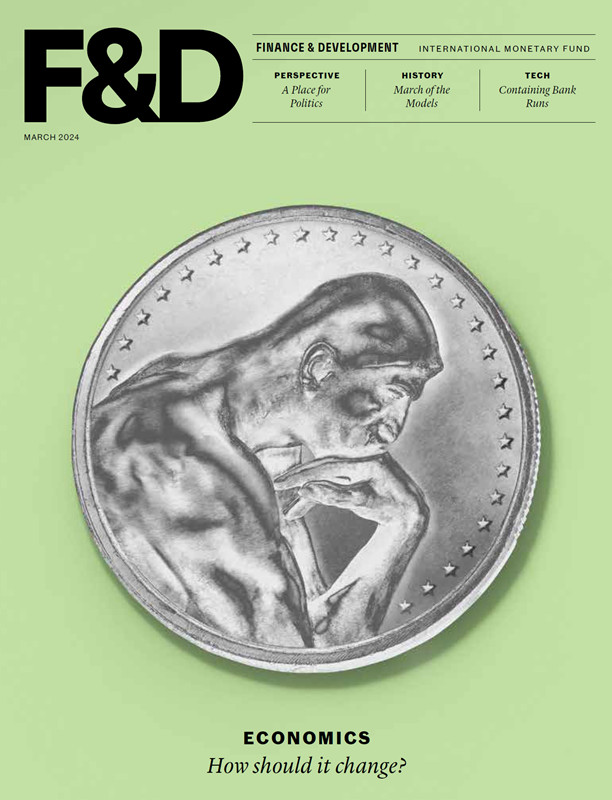Price rises are piling pressure on the poorest and adding to intergenerational strife
After retreating during the global financial crisis, house prices have resumed their relentless rise. Over the past decade, the cost of a home across the OECD’s mostly high-income countries has risen by 37 percent in real terms, according to the organization’s analytical house price indicators. Prices are up 16 percent relative to incomes, on average.
Rising house prices are straining relations between the generations, with younger people yet to get a foot on the property ladder more concerned than their parents. Sixty percent of OECD survey respondents aged 18–39 said they worried about housing affordability, compared with 38 percent of those aged 55–64. The generation gap was greatest in Ireland, Canada, and the United States.
Differences in affordability partly explain stark contrasts in the proportion of people who own a home, though history, culture, and other factors matter, too. Homeownership is highest in Eastern Europe’s former communist countries, with 94 percent of Romanians owning their home outright. That compares with just 5 percent of the Swiss.
On average, 16 percent of people rent from private landlords in the countries the OECD tracks. For the poorest, it can be cripplingly expensive. In Colombia, 82 percent of renters in the lowest income quintile hand over more than 40 percent of their income to private landlords. Its rental market is also one of the least regulated.
Higher interest rates mean homeowners who have yet to pay off mortgages don’t have it easy, either. In Colombia and Luxembourg, more than half of the poorest who own a home spend at least 40 percent of their income on repayment.
Opinions expressed in articles and other materials are those of the authors; they do not necessarily reflect IMF policy.











